A Q&A with illustrator and creative educator Jhinuk Sarkar
by Jhinuk Sarkar, Illustrator
Meet Jhinuk Sarkar, an illustrator, educator and creative access consultant who uses sensory experiences as storytelling devices to translate into visual illustrations. Over the last year, we have partnered up with Jhinuk and Islington Mind, to work with a local community group on a creative project.
We talk to Jhinuk about her favourite inks, exposing hidden stories and working out of her comfort zone.
What inspires your work?
The work that I tend to produce comes from a place of storytelling through objects, my cross-cultural upbringing, families, and the histories behind those relationships through sensory experiences. For example, smells and tastes through food and cooking, sounds and textures explored through clothing and different landscapes, are all ways that sensory experiences form stories in my image-making.

What kind of materials do you use?
Most of the time it is all kinds of inks – drawing, calligraphy, Indian inks, and more recently, botanical, homemade inks from foraged plants and recycled materials.
Occasionally I combine these with collage and intricate digital and physical cutting and printmaking (lino, screen-printing, etching and lo-fi techniques such as Gelli printing and collagraphs).
What is it that excites you most about your work?
I enjoy experimenting with materials to push where it can take the image-making. If I’m working on something big, I can get excited about incorporating handwritten typography and weaving smaller side stories within the bigger, main narrative.
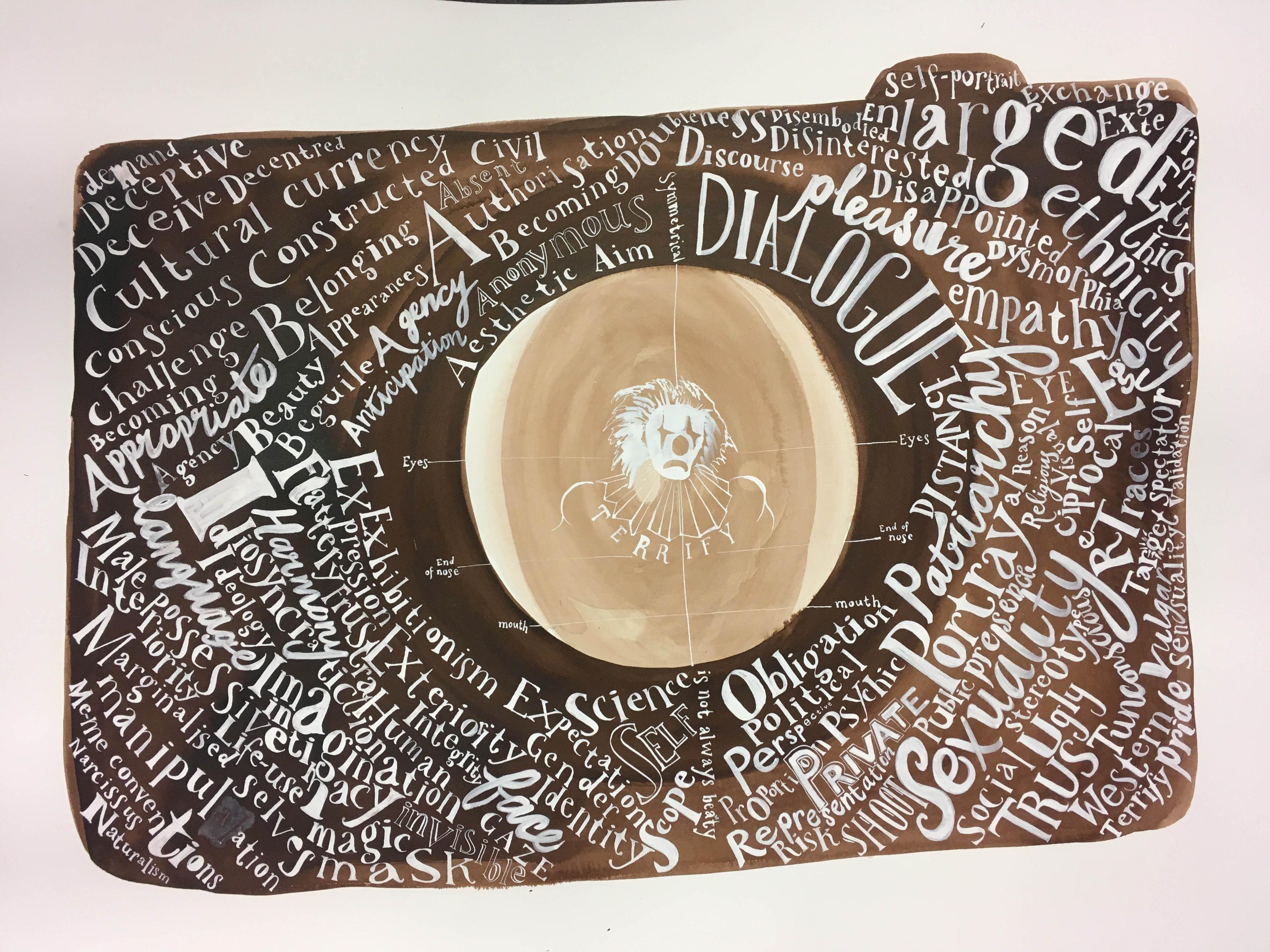
Do you work from a studio?
Currently, I am between studios and looking to transition to a space where I can work from home in a separate studio room. In the past, I’ve enjoyed being part of studio communities but now I want to be a bit more focused and not spread out into too many places!
I have largely worked between different spaces depending on the process I’m working on - such as digitally from home, using facilities in print studios, and then having a base in my studio for storing and accessing all my materials – where I can make messy work and leave it mid-flow to return to!
What’s your biggest challenge as an illustrator?
As an Indian illustrator, I find it challenging to create work that interests me but shows that I represent and expose stories often hidden, sometimes relating to my identity. Alongside my Illustration practice, I’ve worked with many marginalised communities that don’t often get their voices heard or opportunities to flourish in their creative practices, particularly in a professional respect. I want my illustrations to show there can be space made to hear more voices from diverse perspectives AND be given a professional platform to do so.
I think this relates to another challenge we hold as illustrators more generally, that we have the power and privilege to use our images as language and voice. I don’t believe we can make pretty pictures and beautiful mark-making without meaning or impact, and so our challenge is to work hard to see what is going on in our worlds for ourselves and others. When we do this, we understand better how our images will be read, what context they will be most effective in, and how our images can remove barriers to communication around complex ideas.
On a more light-hearted note, I am personally, so enthusiastically and to my detriment, often interested in too many things – this is a challenge to make sure I don’t overcommit! Fortunately, Illustration allows me to have a platform and a focus which is helpful for me to structure work. As an illustrator with Dyslexia, these structures give me tools to bring my ideas together, especially helpful when I am interested in everything and anything. In this respect I’d like to promote the particular work of the Association of Illustrators (AOI) on their guide for Working with Disabled Illustrators, for commissioners I think this is a really helpful resource!
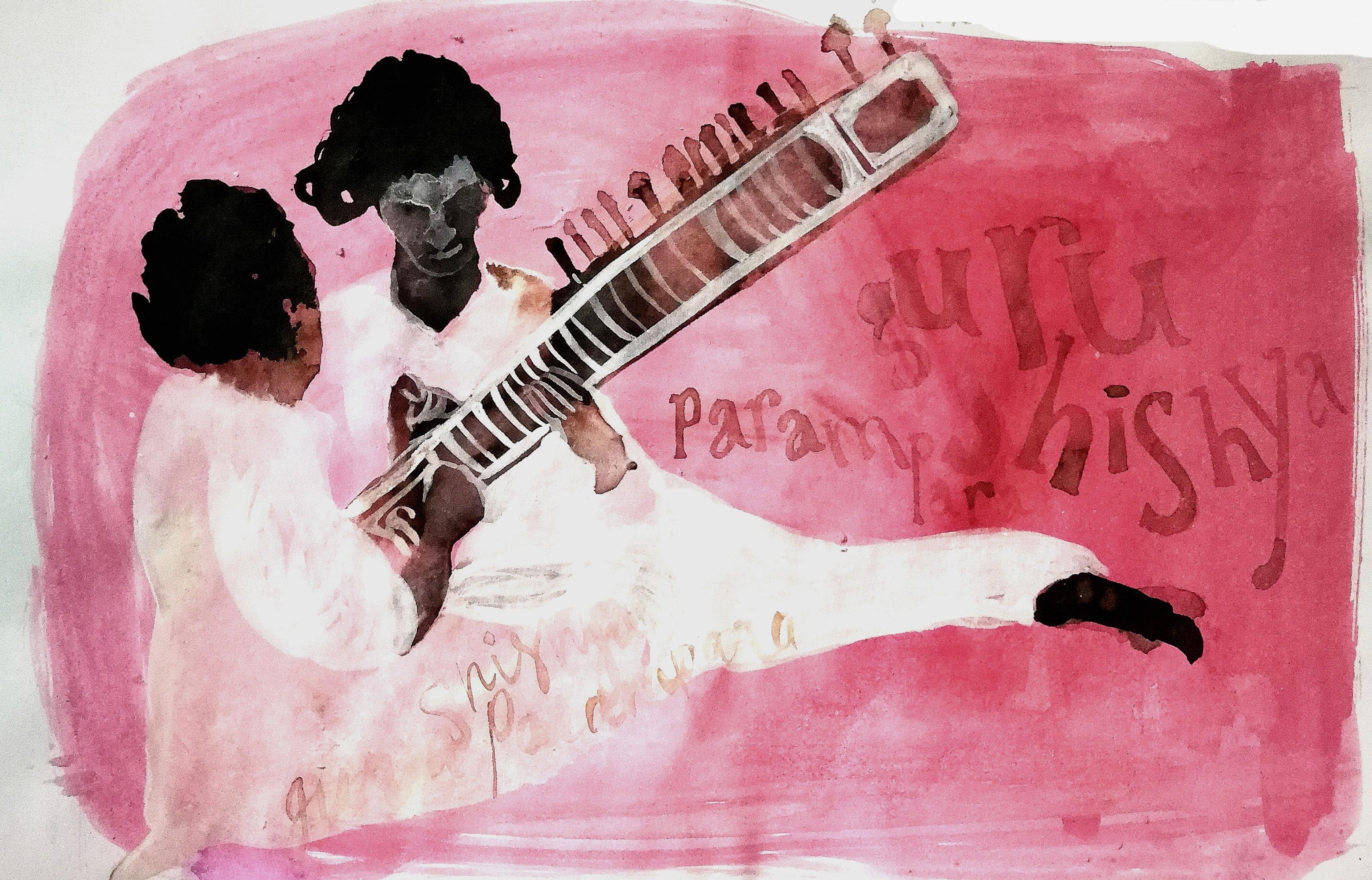
What collaborations have you worked on recently?
My most recent collaboration sat outside of the Illustration field but brought it into view – I co-produced a podcast called Square Hole with a colleague and friend Lorna Allan. We both were diagnosed with neurodivergent conditions later in life and wanted to explore the relationship between neurodiversity and creativity, spanning lots of creative professions. We are now working on some creative play workshops designed for creative teams in the industry, and this involves visualising and illustrating, which I am very excited about!
Do you have any favourite illustrators?
I love so many, and have moving favourites! But I am currently enjoying the works of Charlotte Edey, Jess Nash, Sam Winston, Nomoco, Michael Aubtin Madadi and Nayanika Chatterjee and a recent find – the Amra Od Bhuth Collective of different visual and performing practitioners, including illustrator and co-founder of the collective Upasana A.
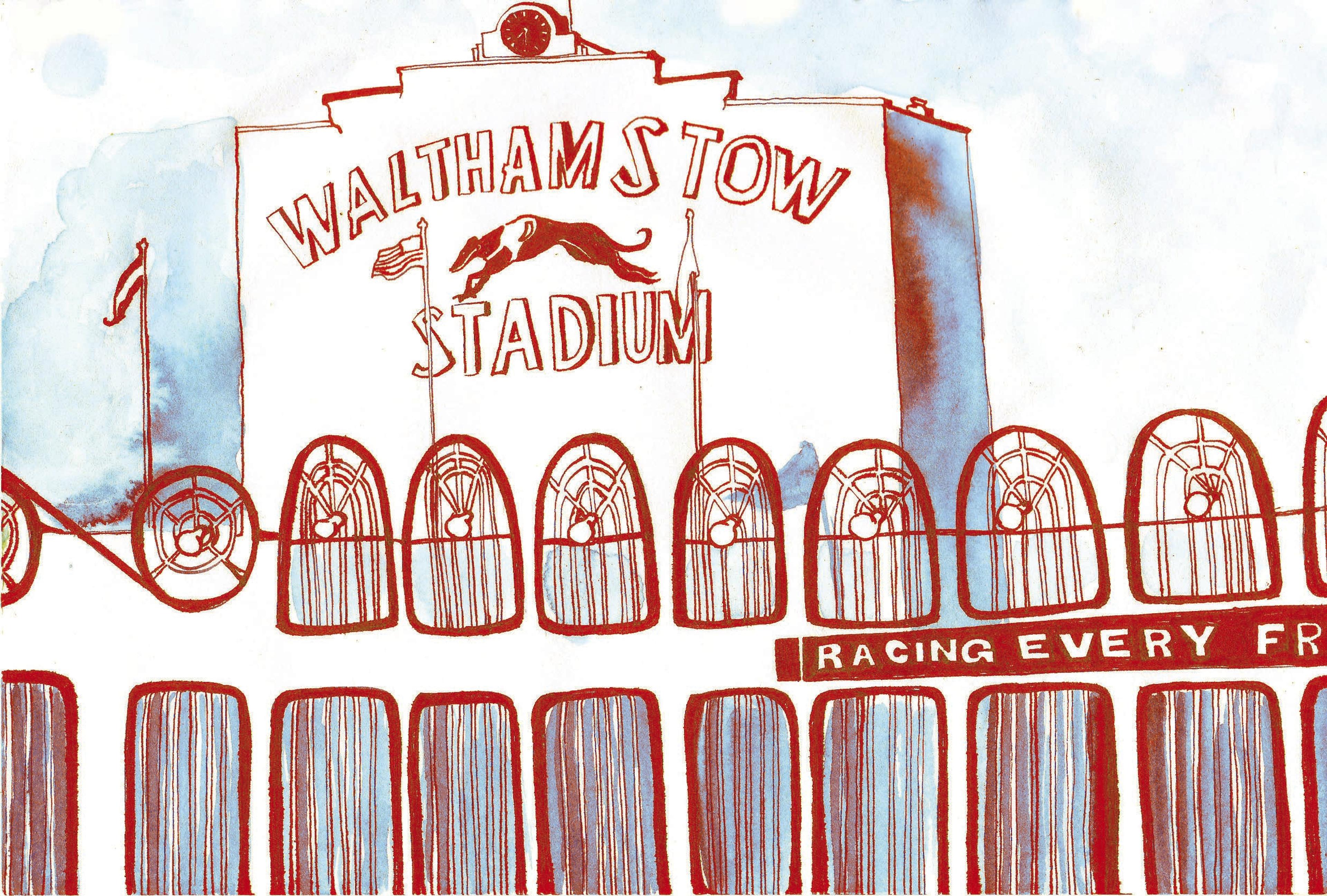
Over the last year, you have been working with us on a project, regularly meeting Islington Mind’s M2M peer support group to explore themes of motherhood, mental health and wellbeing, connecting personal experiences to water and the site of our future home, New River Head. What made you want to get involved?
For me the idea of a community illustrator being recognised by an organisation as a role was exciting and feels overdue. I know loads of talented illustrators and educators who have worked with communities and have never been given formal space to recognise this work as a legitimate part of their practice, not specifically within Illustration at least. I think this is the start of something that could progress into more shifts and changes in the Illustration field, and I wanted to be a part of that.

How did you approach this project?
I ran workshops showing techniques in printmaking and working with textiles to create illustrations – something that is really out of my comfort zone! Collaborating with the group was a really important aspect of this project, so we all listened to each other and decided what we wanted to achieve together.
What came next?
We chose to make a large fabric banner printed with illustrated stories. We are printing them using some techniques that I know, some that the artists in the group know and some we learnt together.
We printed images using a transfer method with Gelli plates, made mono-prints onto fabric, and experimented with cyanotypes and collagraph printing to incorporate photography. We’ve also been collaging with fabrics, and plan to make more collagraphs to explore relief printing, printing text and patterns found from a site visit to Quentin Blake Centre's future home of New River Head.
What are you enjoying the most about working with this community group?
I’m enjoying finding new ways for our group to work together as equal creatives and see some of the group become closer, enthuse each other and grow in confidence as artists being able to communicate their stories visually. It motivates me in my practice and has encouraged me to explore meaning in the materials I use with my illustrations.
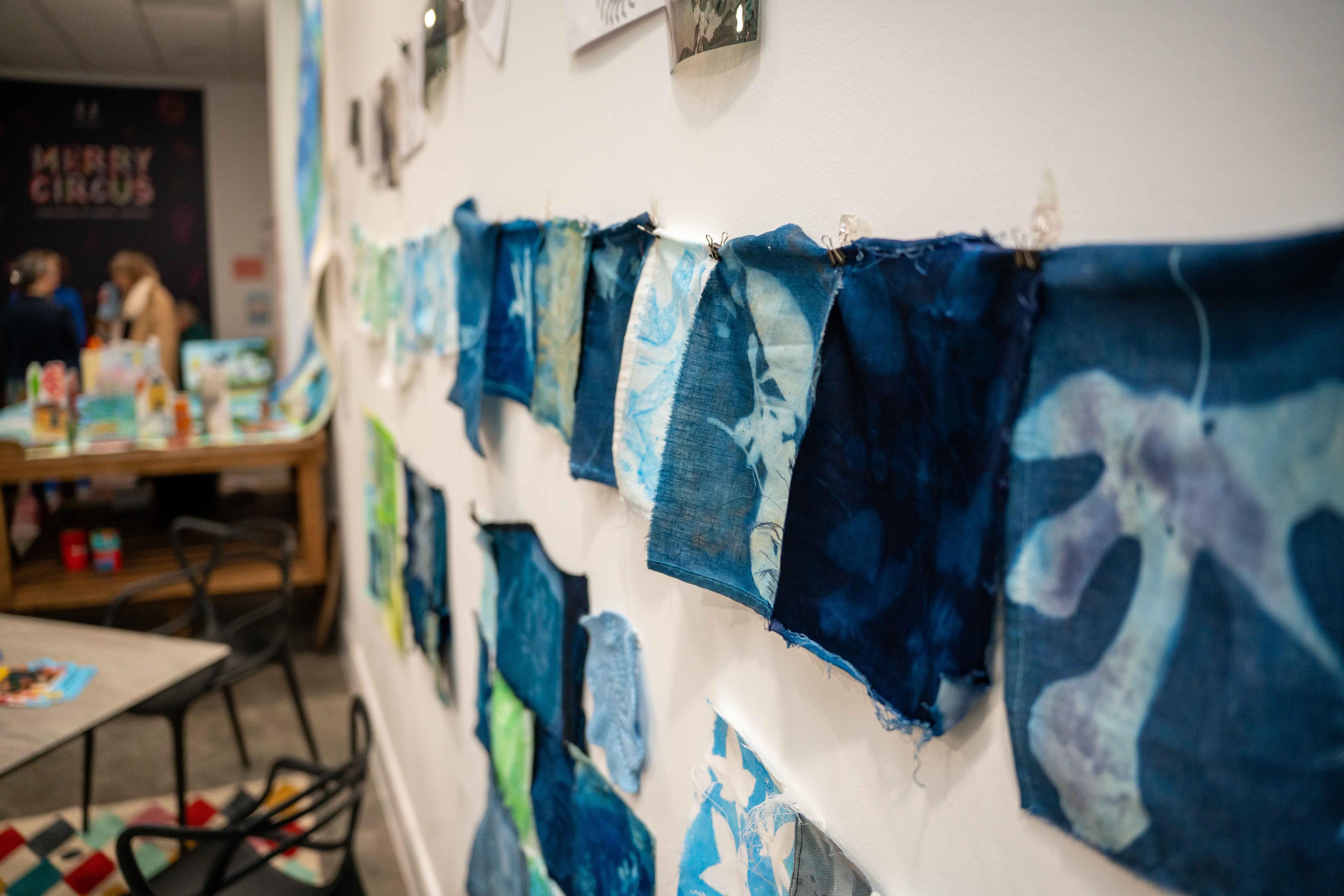
What did you learn from the project?
I am not the teacher but the facilitator in this project. Though I went into the project knowing this, I feel I have learned more ways to help that happen smoothly and enjoyably for the artists involved and those working with them to support them. It’s been great to be a part of the project working through challenges and learning how to communicate them effectively which has helped me to understand where the artists can grow in confidence.
What was the outcome of this project?
There is a plan to create a fabric banner in the shape of one of the windows of the future Quentin Blake Centre’s building. But the outcome that has been achieved up to this point is less tangible to see but can be experienced. The artists in the group have a greater confidence in image-making, and a deeper and wider understanding of Illustration as a communication tool and I have observed their appreciation of a project that has allowed them agency to design. Beyond the fabric banner, they have already started to think about new projects involving illustration to tell their own stories as mothers, which I think is pretty exciting.
What are you working on next?
I’m working on an audio description of a new illustration I’ve created, which will be produced alongside several other artists from Turkey and the UK, funded by the British Council. The project is led by Illustrator Hatiye Garip, called ‘Accessible Lines’. In addition to the audio, we will be looking to create a version of our illustrations in a tactile touchable format, and with a longer term goal to exhibit them in Turkey and the UK.
A new, more collaborative project again, with my sister has begun. We are translating my late father’s poems from Bengali to English and my sister will respond to them with new poems of her own. I will be illustrating the poems.
In May 2024, I will be exhibiting some work responding to sounds at Archway's cooperative artist-led project space Five Years.
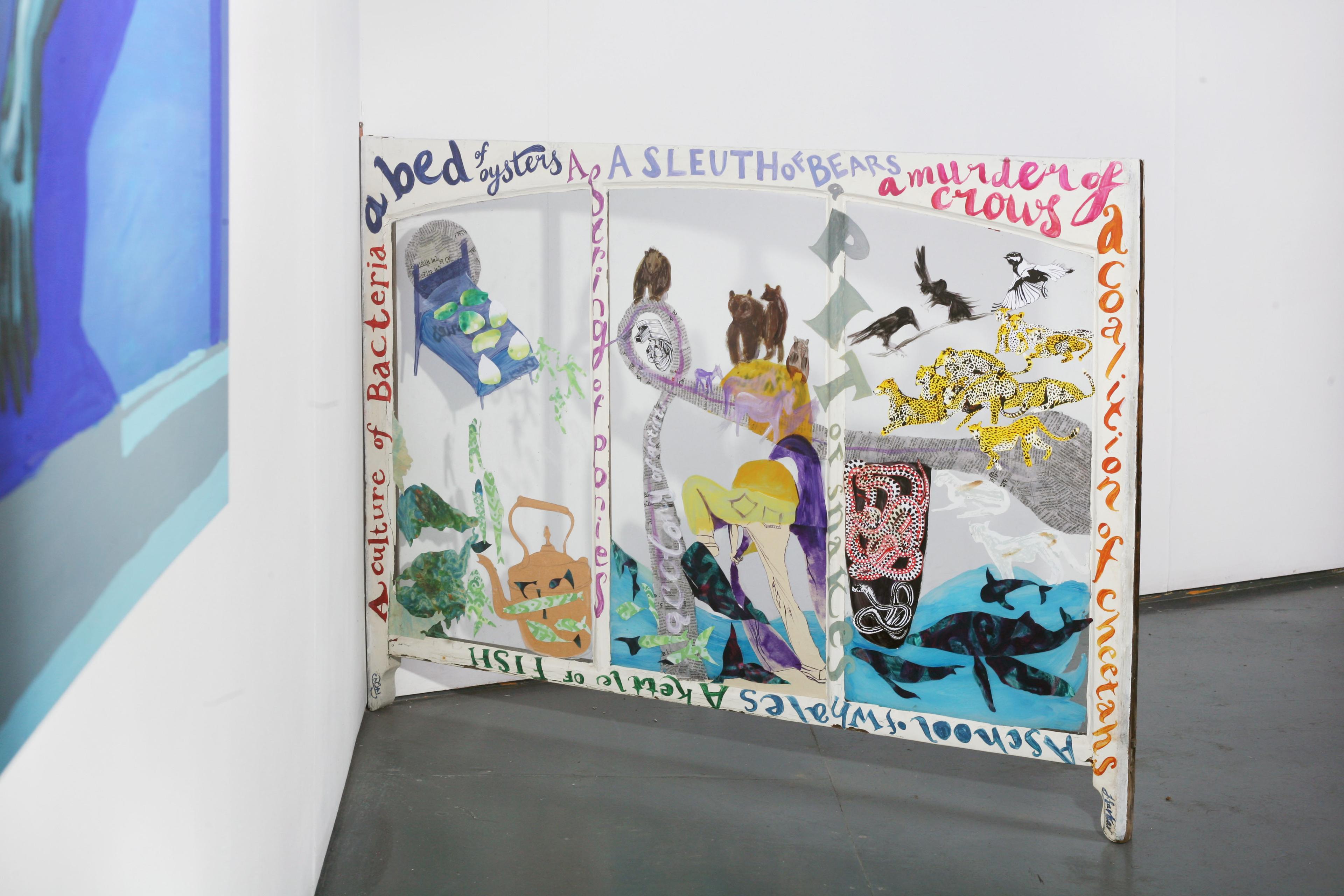
Find out more about Jhinuk's work with Islington Mind
ImagesHello Sausage Alright Treacle © Jhinuk Sarkar
The camera portrait - Terrify © Jhinuk Sarkar
The sitar student © Jhinuk Sarkar
Walthamstow Dogs Stadium © Jhinuk Sarkar
Photograph by Lindsey Glen
Photograph © Nifty50Digital
A window of opportunities © Jhinuk Sarkar